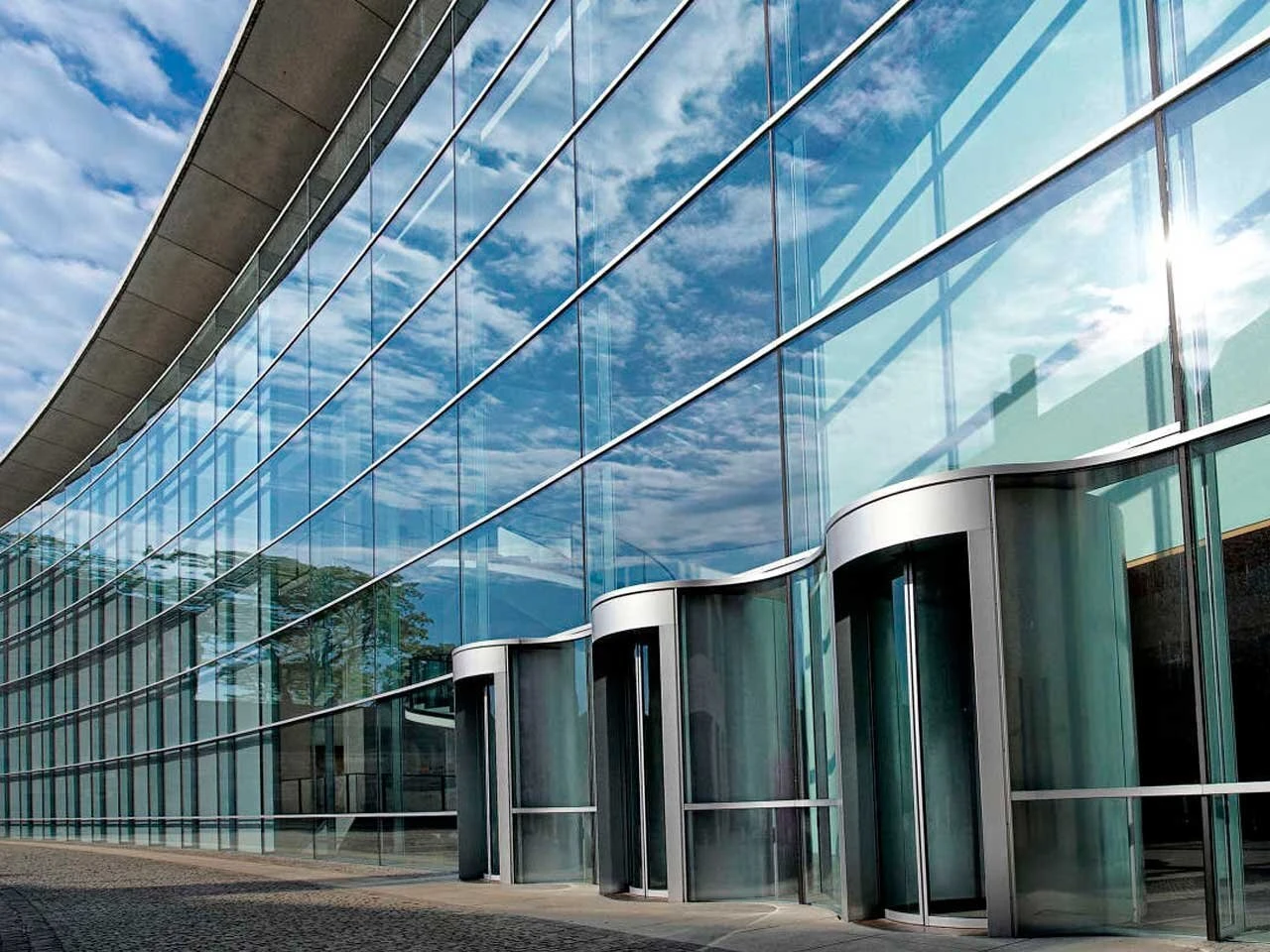

The Benefits of Low-E Double Glass in Modern Architecture
In today’s world where environmental concerns are at the forefront, architects and builders are continually seeking innovative materials and techniques to enhance energy efficiency in buildings. One such advancement is the use of Low Emissivity (Low-E) double glass. Combining functionality with aesthetic appeal, Low-E double glass has become a fundamental element in modern architecture, offering numerous benefits for both residential and commercial properties.
Understanding Low-E Coating
Low-E glass is coated with a thin layer of metallic oxides that reflect heat and infrared light while allowing visible light to pass through. This design enables buildings to maintain a stable indoor temperature by minimizing heat loss during the winter and reducing heat gain in the summer. The coating’s efficiency varies based on the type of Low-E glass – either soft coat or hard coat. Soft coat Low-E glass is generally more efficient but requires an additional layer for protection, while hard coat Low-E glass is applied at high temperatures during the glass manufacturing process, making it sturdier.
Energy Efficiency and Cost Savings
The primary advantage of Low-E double glass is its energy efficiency. By significantly reducing thermal transfer, these windows can lower heating and cooling costs. According to studies, homeowners using Low-E double glazing can save up to 30% on their energy bills. This thermal performance is especially crucial in regions with extreme weather conditions, where maintaining a comfortable indoor temperature is essential.
Additionally, energy-efficient buildings are often eligible for various green building certifications, which can enhance property values and attract environmentally conscious buyers. Considering the rising energy costs and increasing awareness of climate change, investing in Low-E double glass proves to be economically beneficial in the long term.
Enhanced Comfort and Condensation Control

Low-E double glazing does not just save money; it also improves overall comfort. Traditional windows can create cold spots near the glass, leading to uncomfortable indoor conditions. Low-E double glass helps minimize these temperature disparities, ensuring that the temperature remains consistent throughout the room.
Moreover, the insulation properties of Low-E glass reduce condensation on the interior surface during cold weather, which can lead to mold and other moisture-related issues. By controlling condensation, property owners can maintain a healthier indoor environment, making Low-E double glass an appealing choice for modern construction.
Noise Reduction
In urban areas or busy neighborhoods, noise pollution can be a significant nuisance. Low-E double glass units provide enhanced sound insulation compared to single-pane windows, making them an excellent option for those looking to reduce exterior noise. The combination of two panes of glass, along with the inert gas often used between them, dampens sound waves effectively, leading to a quieter and more peaceful indoor atmosphere.
Environmental Impact
Finally, the environmental benefits of using Low-E double glass cannot be overlooked. By reducing energy consumption, buildings contribute to lower greenhouse gas emissions, helping to fight climate change. Using less energy means less reliance on fossil fuels, aligning with global sustainability objectives.
Conclusion
In conclusion, Low-E double glass represents a significant innovation in the field of building materials. With its myriad benefits – including enhanced energy efficiency, comfort, noise reduction, and environmental impact – it is a smart choice for any building project. As we move towards a more sustainable future, incorporating Low-E double glass into architectural designs is not just a trend; it is a necessity that aligns with both economic and environmental goals. Whether for new constructions or renovations, the adoption of Low-E double glass is a step forward towards a more sustainable and comfortable living space.